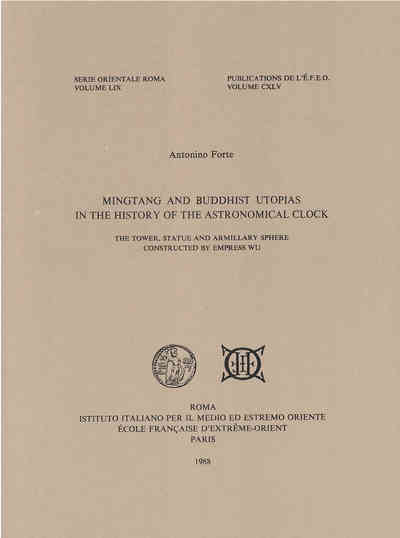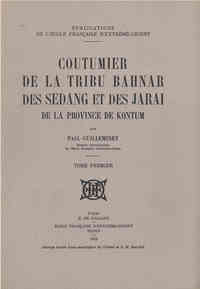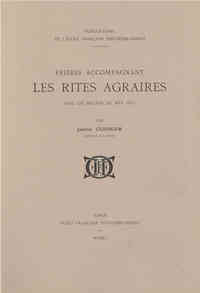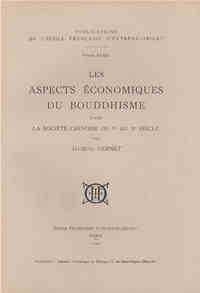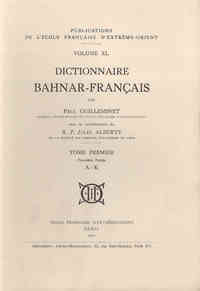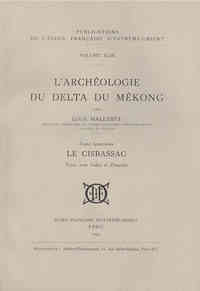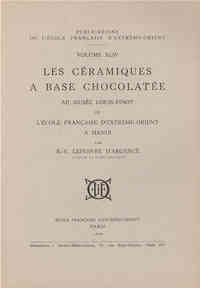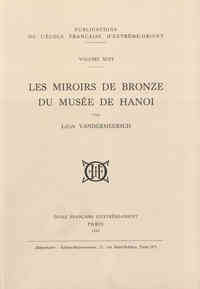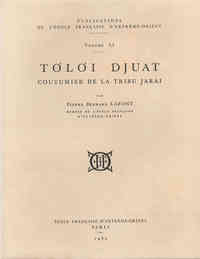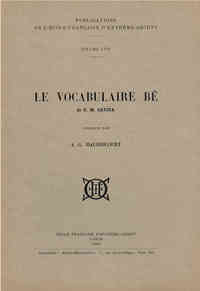Nous utilisons des cookies pour améliorer votre expérience. Pour nous conformer à la nouvelle directive sur la vie privée, nous devons demander votre consentement à l’utilisation de ces cookies. En savoir plus.
Mingtang and buddhist utopias in the history of the astronomical clock
Efeo - EAN : 9782855397450
Édition papier
EAN : 9782855397450
Paru le : 31 déc. 1988
51,00 €
48,34 €
Disponible
Pour connaître votre prix et commander, identifiez-vous
Notre engagement qualité
-
 Livraison gratuite
Livraison gratuite
en France sans minimum
de commande -
 Manquants maintenus
Manquants maintenus
en commande
automatiquement -
 Un interlocuteur
Un interlocuteur
unique pour toutes
vos commandes -
 Toutes les licences
Toutes les licences
numériques du marché
au tarif éditeur -
 Assistance téléphonique
Assistance téléphonique
personalisée sur le
numérique -
 Service client
Service client
Du Lundi au vendredi
de 9h à 18h
- EAN13 : 9782855397450
- Réf. éditeur : PEFEO 145
- Collection : PEFEO
- Editeur : Efeo
- Date Parution : 31 déc. 1988
- Disponibilite : Disponible
- Barème de remise : NS
- Nombre de pages : 342
- Format : H:256 mm L:186 mm E:15 mm
- Poids : 680gr
- Interdit de retour : Retour interdit
-
Résumé :
This book has its origins in research which I began in Autumn 1982 in an attempt to understand the nature of an obscure Buddhist building called “celestial hall” or “heavenly mansion” (tiantang). This building was erected in the palatine city of Luoyang in the year 689 A.D. As sometimes happens, when you look for one thing, you find other things which are even more interesting; at a certain point my research, I thus found myself pursuing a path which I never would have predicted…
Antonino Forte
Table of content
Preface
Introductory essay: The clock and the perfect society
1. The Chinese clock and the European clock
2 The great regulator of Wu Zhao
3. The importance of time for the Chinese Buddhist
Appendix: On the transmission of the text of Daoxuan on the Jetevana Monastery
Chapter one: The tower, the statue, the armillary sphere
1. The great armillary sphere (Day 1)
2. The tower called Tiantang
i. Historical Events
ii. Size and architecture of the tiantang
3. The Great Statue (Daxiang)
Appendix: Matsumoto Bunzaburo confusion of the great lacquer statue with the great bronze statue on the Bai Sima slope
Chapter two: The origins of the mechanical clock
1. The Tiantang interpreted as a `sacred tower'
2. The mystique of the Lingtai
3. The Dayi and the origin of the mechanical clock
Appendix A: Notes on some great towers prior to the tiantang and their possible relation with the idea of lingtai
Appendix B: Yamada Keiji’s opinion on the meaning of dayi
Chapter three: The two mingtang compared
1. The dates of the two Mingtang
2. Size and architecture of the two Mingtang
3. The abortive attempt to reconstruct the Mingtang
4. Hypothesis on the first Mingtang
Appendix A: The paths followed by historians to eject the tiantang from the mingtang
Appendix B: The eleven missing characters in the current editions of the Zizhi tongijian
Chapter four: Some remarks on the social context
1. The Mingtang as an architectural projection of different politico-religious conceptions
2. The fertile soil of Maitreyan utopianism
3. The Mingtang/Clock-Buddhism/Pacifism association
Conclusion
Summary of three attempts to construct The Mingtang at Luoyang
Bibliography
General index
Illustrations

